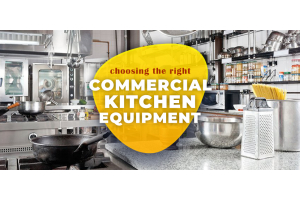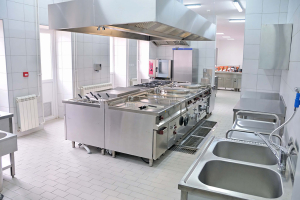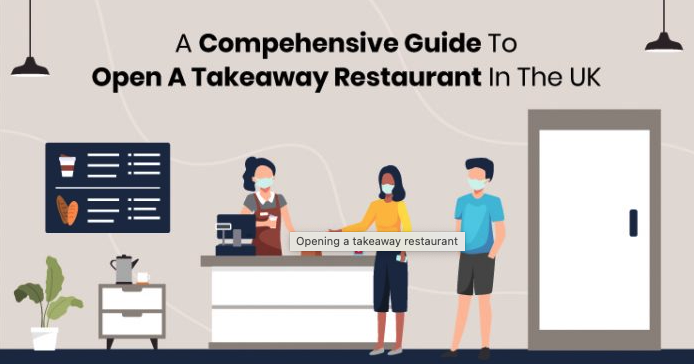
Are you dreaming of starting your own takeaway restaurant in the UK? While it's an exciting venture, it's crucial to understand the costs involved in setting up and running your business. In this article, we'll provide you with an overview of the key expenses to consider and some indicative costs to help you plan your budget effectively.
1. Location:
- Rent/Lease: Rental costs can vary widely depending on the location and size of your space. In prime areas like London, you may pay significantly more than in smaller towns. Budget for monthly rent, typically ranging from £1,000 to £5,000 or more. Do some checks on rightmove to get some ideas.
2. Renovation and Interior:
- Kitchen Equipment: Depending on your menu, you may need ovens, stoves, fryers, refrigerators, and other kitchen equipment. Budget around £5,000 to £20,000 for initial kitchen setup depending on the different food and drink types you are likley to offer. Pizza takeaways with a simple menu will cost less than for example a dessert shop which requires ice cream machines, coffee machines and ice cream displays which are all quite capital intensive.
- Interior Renovation: If you need to remodel the space, set aside approximately £5,000 to £20,000 for interior design, furnishings, and décor.
3. Licenses and Permits:
- Licenses: Budget for various licenses and permits, including food hygiene certificates, health and safety permits, and potentially an alcohol license. Costs can range from £500 to £5,000 or more.
4. Inventory:
- Food Ingredients: Initial inventory costs will depend on your menu, but budget around £2,000 to £5,000 for ingredients.
- Packaging Materials: Include costs for containers, utensils, and napkins, which can total approximately £1,000 to £2,000.
5. Staffing:
- Salaries/Wages: Factor in salaries or hourly wages for cooks, servers, and other staff members. Labour costs may vary, but a monthly staff budget of £3,000 to £10,000 is a rough estimate, and you will need that in working capital before you begin.
6. Marketing and Advertising:
- Marketing: Plan for marketing and advertising expenses, including online and offline efforts. Budget around £500 to £1,500 or more per month
7. Insurance:
- Business Insurance: Protect your business with insurance. Costs can range from £500 to £2,000 annually.
8. Utilities:
- Monthly Expenses: Expect monthly utility bills for electricity, water, gas, etc., typically ranging from £200 to £1,000 or more depending on equipment and size of space.
9. Point of Sale (POS) System:
- POS System: Invest in a POS system for efficient order processing and payments, which may cost around £500 to £2,500 depending on complexity. There are also online subscription services avaiable to keep costs down (just google: Ipad EPOS).
10. Miscellaneous Expenses:
- Contingency: Set aside funds for unexpected or miscellaneous expenses that may arise during the startup phase. A contingency fund of £5,000 to £10,000 is advisable.
11. Working Capital:
- Working Capital: Ensure you have enough working capital to cover ongoing operational expenses until your takeaway becomes profitable.
These indicative costs are meant to give you a rough idea of what to expect when opening a takeaway restaurant in the UK. Keep in mind that actual expenses can vary widely based on your specific location, concept, and business plan. To get a more accurate estimate, it's essential to create a detailed business plan and consult with professionals in the industry, such as accountants or business advisors.
In conclusion, opening a takeaway in the UK can be a rewarding venture, but thorough budgeting and financial planning are key to your success. With careful planning and diligent financial management, you can navigate the costs and challenges of starting your own takeaway restaurant and turn your dream into a thriving business.


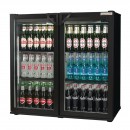 Bottle Coolers & Beer Fridges
Bottle Coolers & Beer Fridges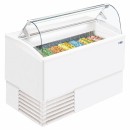 Ice Cream Displays
Ice Cream Displays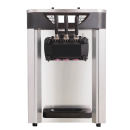 Ice Cream Machines
Ice Cream Machines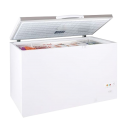 Chest Freezers
Chest Freezers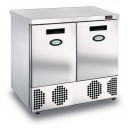 Commercial Freezers
Commercial Freezers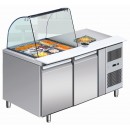 Commercial Fridges
Commercial Fridges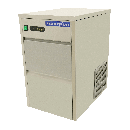 Ice Cube Makers and Flakers
Ice Cube Makers and Flakers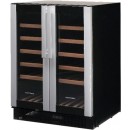 Wine Coolers
Wine Coolers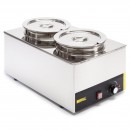 Bain Maries
Bain Maries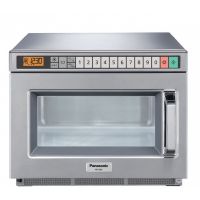 Commercial Microwaves
Commercial Microwaves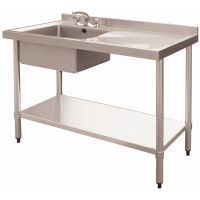 Commercial Sinks
Commercial Sinks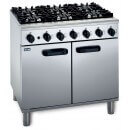 Commercial Ovens
Commercial Ovens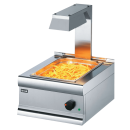 Fryers and Chip Scuttles
Fryers and Chip Scuttles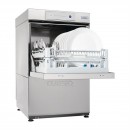 Glass and Dishwashers
Glass and Dishwashers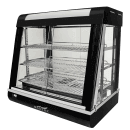 Pie Warmers & Hot Food Displays
Pie Warmers & Hot Food Displays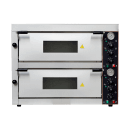 Pizza Ovens
Pizza Ovens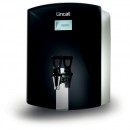 Water Boilers
Water Boilers Bar Supplies
Bar Supplies Bowls & Display Baskets
Bowls & Display Baskets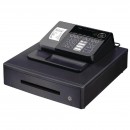 Cash Registers
Cash Registers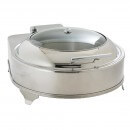 Chafing Dish Sets & Fuel
Chafing Dish Sets & Fuel Menus & Boards
Menus & Boards Table Numbers & Stands
Table Numbers & Stands Salt, Pepper & Spice Mills
Salt, Pepper & Spice Mills Crockery
Crockery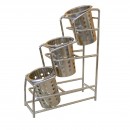 Cutlery
Cutlery Glassware
Glassware Wine Glasses
Wine Glasses Bins
Bins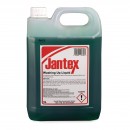 Cleaning Chemicals
Cleaning Chemicals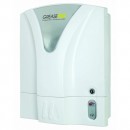 GreasePak
GreasePak Janitorial Equipment
Janitorial Equipment Laundry Equipment
Laundry Equipment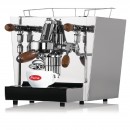 Coffee Machines
Coffee Machines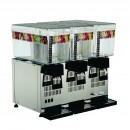 Juice Dispensers
Juice Dispensers Juicers
Juicers Drink Blenders
Drink Blenders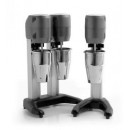 Milkshake Blenders
Milkshake Blenders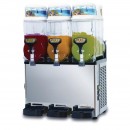 Slush Machines
Slush Machines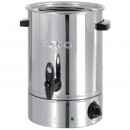 Water Boilers
Water Boilers Cookware
Cookware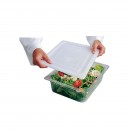 Gastronorm Containers
Gastronorm Containers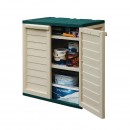 Ingredient Bins
Ingredient Bins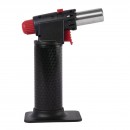 Pastry & Baking
Pastry & Baking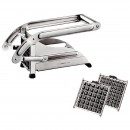 Utensils
Utensils Pizza Pans & Equipment
Pizza Pans & Equipment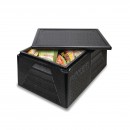 Food Storage
Food Storage Folding Furniture
Folding Furniture Garden and Outdoor Furniture
Garden and Outdoor Furniture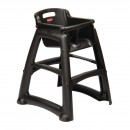 High Chairs
High Chairs Chairs
Chairs Tables
Tables

